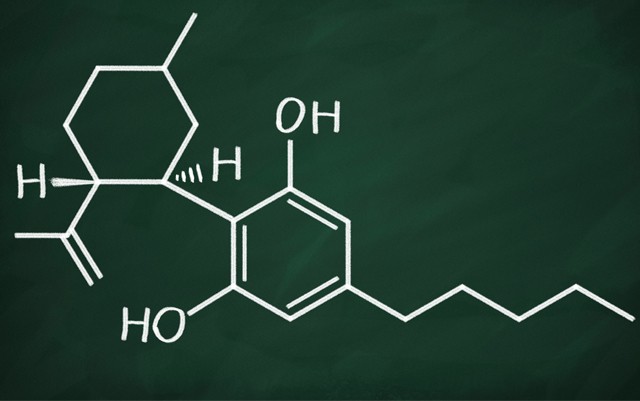Marijuana and its extracts are well-known for treating the nausea that comes with cancer treatment, but treating cancer itself is relatively new.
It seems as if every other week the news comes out with something you should (not) do if you want to avoid getting cancer. Cancer, despite the simple name, isn’t just one disease, and if it seems that everything causes cancer, it’s probably because at some level, everything does. The chemical machinery that makes cells operate smoothly can be surprisingly easy to disrupt.
Marijuana and its derivatives—the oils, the extracts—are surprisingly effective against certain types of cancers, most notably brain tumors called glioblastomas. These brain tumors are comprised of many different cell types, able to grow their own blood supply, and like a bad horror movie, resurrect themselves out of as few as ten cancer cells that the surgery will invariably leave behind. And because these are neural cells, they can be long and elongated, with many tendrils reaching deep into the healthy tissue, so there is no way to get all of the tumor out. Treatment usually consists of surgery to remove the tumors that can be surgically removed, followed by radiation and monthly chemotherapy with oral temozolomide for at least a year, but for all the misery that patients have to endure, the five-year-survival rate for glioblastoma is a measly 8%.
Cannabinoids can kill cancer in many ways; they can generate a flood of reactive oxygen species, or free radicals, which can overwhelm a cell’s ability to deal with this poison. In glioblastomas, they are able to prevent the glioma stem cells from adapting to the chemotherapy, and could be useful as an adjuvant to traditional chemotherapies. Other studies find that CBD, together with THC, make glioblastomas more susceptible to radiation treatment, and indeed most of the papers seem to suggest that CBD and THC would be useful adjuncts to chemotherapy, as the side effects of increased dosages of these compounds are not necessarily desired.
Most of the studies are done with synthetic compounds, not with whole plant extracts, though—and this limits the applicability of these findings when it comes to obtaining and using medical marijuana. As a natural product, the levels of THC, CBD, and the 500 additional, potentially active compounds will fluctuate between different growers, using different soils, under different conditions. It is not inconceivable that levels can be different within the plant as well. How the plant is treated after it’s harvested can also have an effect on how useful it is. The difficulty in obtaining consistent product is part of the reason why no large-scale human trials assessing just how medicinal marijuana can be has been done yet.
Marijuana can make cancer more tolerable, and it might be able to enhance the effects of chemotherapy as well. Furthermore, the multiple active compounds that can be ingested from using whole plants Given that marijuana can affect the entire body, it isn’t surprising to find that many companies are actively researching potential medications derived from compounds found within the plant.






